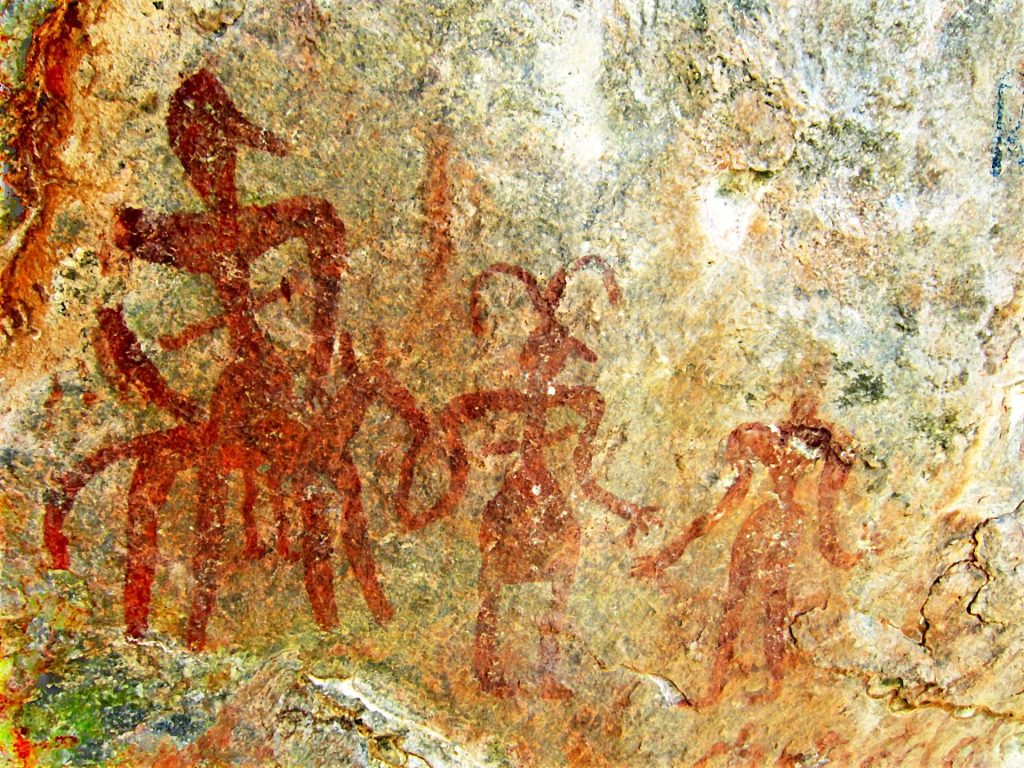The rock art sites in Tamil Nadu, particularly in the regions of Coimbatore and the Nilgiris, are facing severe destruction and disfigurement. During a recent visit to the Kumittipathi hillock, former epigraphist R Jegadeesan and his team were appalled to find the drawings ruined by overwriting, scribbling, and personal inscriptions. Similarly, at Kovanur, villagers unknowingly contributed to the damage by lighting camphor beneath the drawings, resulting in black deposits that obscure the artwork. This mindless destruction extends to various other rock art sites across Tamil Nadu, reflecting a lack of awareness about their historical and cultural significance.
These rock art sites, found in remote corners of villages, forests, and hillocks, have become targets for anti-social elements. Due to their secluded locations, these sites are vulnerable to vandalism and negligence. Despite pleas from local heritage enthusiasts, little attention has been given to preserving these invaluable artworks, leading to their continued deterioration.
The rock art in Tamil Nadu is believed to be over 2,500 years old, offering insights into the lives of ancient communities. The drawings depict scenes from the wilderness, capturing the beauty of the surroundings and the observations of the people who lived during that time. The urgent need for preservation is emphasised by the deteriorating condition of sites like Kumittipathi and the Karikkiyoor rock art site in the Nilgiris, which features a diverse range of artistic representations.
The book ‘Rock Art of Tamil Nadu‘ identifies more than 30 rock art sites in the state, with scenes ranging from combat and worship to rituals, hunting, festivities, and depictions of wild animals. While a few sites have been declared protected monuments by the Tamil Nadu State Department of Archaeology, many others remain vulnerable to damage.
Experts and enthusiasts propose several measures to safeguard these rock art sites. These include appointing local guides and security guards, collaborating with NGOs to create protective fences around the sites, and distributing informational pamphlets to raise awareness among residents and visitors. Replicas of the original artwork can be displayed within the villages to ensure their preservation.
Urgent action is required from the Tamil Nadu government and relevant authorities to establish comprehensive preservation programs and allocate sufficient funds for protection. Stricter regulations and penalties should be implemented to deter vandalism and ensure the enforcement of preservation efforts. Public-private partnerships can play a crucial role in mobilising resources and expertise, while education and outreach initiatives should be prioritised to promote understanding and appreciation among the public.
Thorough assessments of all rock art sites across the state should be conducted to identify vulnerabilities and prioritise protective measures. By fostering a sense of ownership and pride among the local population, the chances of long-term preservation will increase significantly.
Preserving Tamil Nadu’s rock art sites is essential to safeguard the state’s cultural heritage and provide future generations with a connection to their historical roots. Through concerted efforts, it is possible to protect these remarkable rock art sites, allowing them to continue inspiring and educating generations to come.

Contributor





